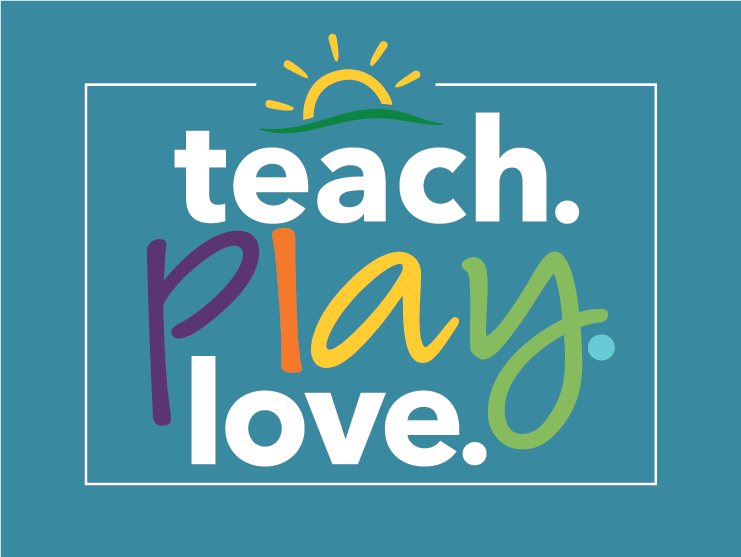If you do it right, you can get a wealth of very specific and critical information about things like: are highly engaged employees less likely to turnover; can training courses impact engagement; and how can we retain employees in a particular department.
But getting to that very specific information requires a leap of faith by employees. Specifically, it requires them to give up their anonymity. How can you help them feel comfortable making that leap?
Employee Surveys: Anonymous Versus Confidential
Surveys come in two forms: anonymous and confidential. The two terms are often used interchangeably, but they shouldn't be.Anonymous means unidentified by name; if you're taking an anonymous survey, there's no way for the survey administrators to identify you. But confidential surveys (also called identified or attributed) ask for identifying information (name, ID number, or other identifier); the information is just known only to the survey administrator, and not shared.
While the former can generate more responses (people feel more comfortable when they're anonymous), the latter can be more useful. This is especially true if you're trying to identify trends throughout the company and how they impact different departments and specialties. By connecting survey results to other types of HR data (training, attendance, promotion, future turnover, etc.), you also enable predictive analysis and employee life-cycle research which support human resources decision-making. By randomly assigning only half of the employees to be identified, you can also assess differences in response rate and survey results.
But the same identifiers that make the data highly valuable can make participation feel unwise. Fear of negative repercussions - especially when people are offering less than stellar feedback - can lead to a survey pool that is both less honest and less likely to respond. So what can you do?
How to Ensure Truthful Employee Surveys
Honesty and participation come from a sense of trust. And trust starts with a clear understanding of the purpose of the survey and how responses will and will not be used. But just as important, you need to show the survey has value. A Cornell National Social Survey showed that when faced with a questionnaire, 26% respondents said they withheld information about problems or ideas for workplace improvement purely out of a sense of futility. In fact, that feeling of futility - that the information wouldn't lead to change - was 1.8 times more likely to lead people to opt out of a survey than fear.How to Make the Most of Your Survey
The means following through with your plans - letting employees know what improvements and actions will be made based on the responses they heard from the survey - is just as important as being honest at the outset.But of course, there's always a first survey. And there are a few steps you can take to get things off on the right foot:
Be Honest
When communicating with employees, be clear about confidentiality and who will have access to the data.
Detail the Purpose
Explain exactly what responses will be used for today and in the future. For example: "Your responses to this survey will help us understand your current engagement and satisfaction with the company. They will also allow us to study relationships between this data and other important HR and business outcomes.
Provide Choices
Allow employees to opt-in to an identified survey by giving them a place to voluntarily provide their name or ID number.
Hire Out
Involve a professional survey vendor who can house the employee survey data outside the organization.





